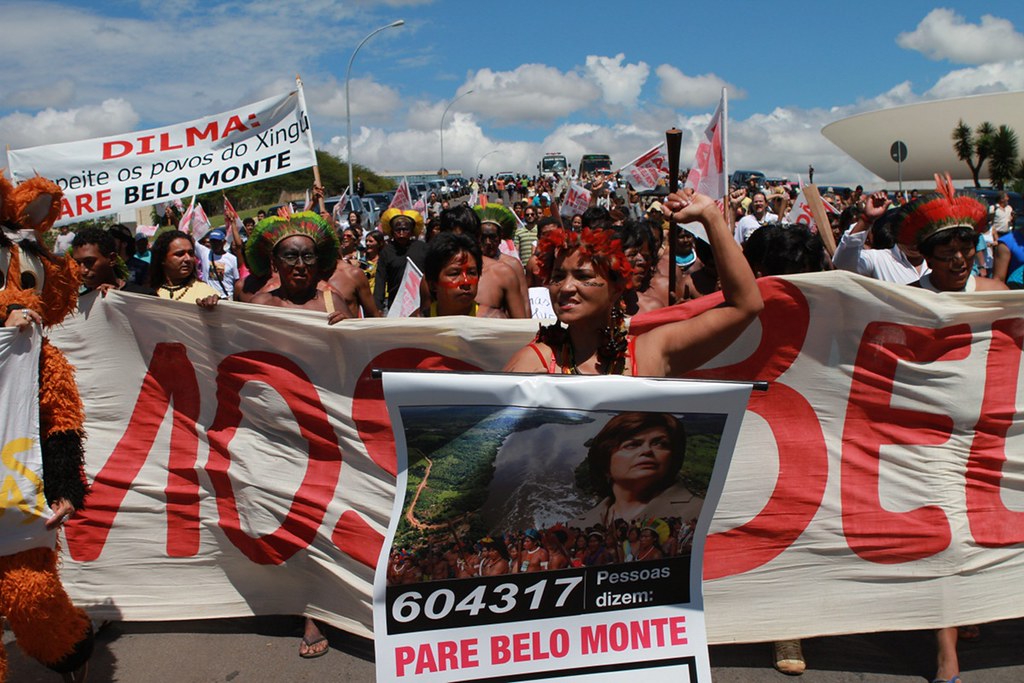This story first appeared in The Conversation.
By Brian Garvey and Sonia Magalhaes.
The Volta Grande region of the Amazon is a lush, fertile zone supplied by the Xingu River, whose biodiverse lagoons and islands have earned its designation as a priority conservation area by Brazil’s Ministry of the Environment.
But a recent decision by the Federal Regional Court in the state of Pará, Brazil, allows the continuing diversion of water from the Xingu River to the Belo Monte hydroelectric dam complex – rather than to local indigenous fishing communities. This is a disaster for the ecosystems and people of the Volta Grande.
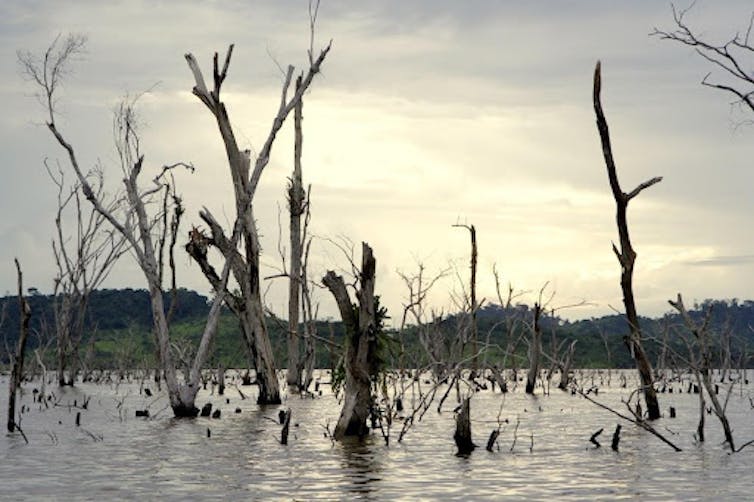
The ruling, which reversed a temporary order for river diversion to be suspended, means that 80% of Xingu River flow will continue to be diverted away from the communities of Volta Grande. This impedes the main transport route for many indigenous people who live along the river and reduces fish diversity, compromising food security and livelihoods.
The decision also alters the river’s flood and ebb cycles. In addition to their importance for species’ reproduction and agriculture, these cycles guide local social, cultural and economic activity.
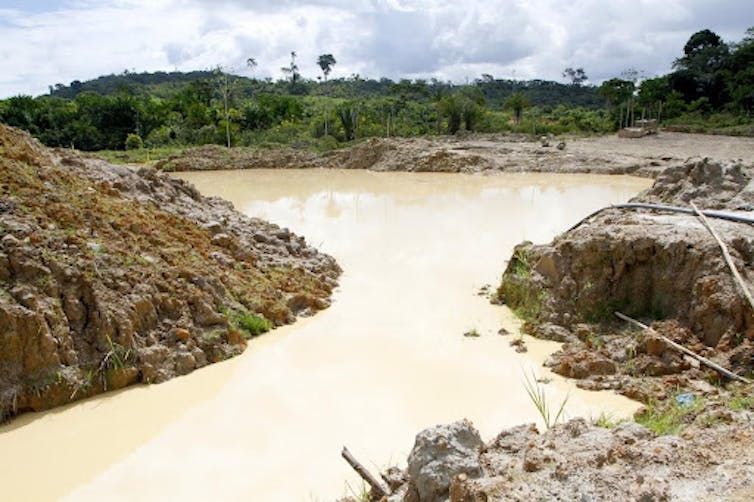
According to the Federal Public Ministry, which is appealing the decision, this marks the seventh time the superior court has overturned previous legal decisions in favour of the construction and energy corporation Norte Energia, which owns Belo Monte.
Our team carried out research on the dam complex’s impacts in 2017 with the Brazilian Society for the Advancement of Science. We found persistent violations of the rights of traditional communities linked to Belo Monte, especially regarding their forced displacement from areas destined to form the dam’s reservoir.
In response, a spokesperson for Norte Energia said that the company has always operated in compliance with the environmental licensing for Belo Monte, and that all actions undertaken by Norte Energia were evaluated and approved by the environmental licensing agency IBAMA.
Belo Monte
Belo Monte is a hydroelectric complex formed by two dams. The first dam ensures sufficient water flow through the second one for electricity generation.
Marketed as supplying “clean energy”, the complex meets the industrial demands of the southern and north-eastern regions of Brazil. However, this appears to only refer to reductions in emissions, which themselves have been countered by evidence of increased greenhouse gas emissions from dams.
In response to these claims, the Norte Energia spokesperson said that hydroelectric power plants are expected to emit greenhouse gases. These emissions have been considered in Belo Monte’s Environmental Impact Assessment and are being compensated through initiatives including restoring local native vegetation and investments in conservation.
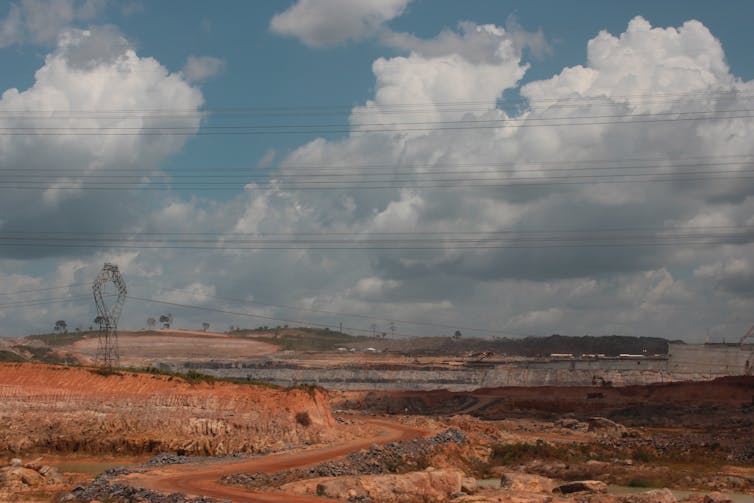
What’s more, the complex only generates 40% (4,571 megawatts) of its 11,233 megawatt capacity due to the large seasonal changes in flow rate of the Xingu River. A 2009 analysis predicted that the variability of the river’s flow – that reaches up up to 23 million litres per second under natural conditions – would result in unreliable energy generation and conflict over water use.
Although IBAMA judged in 2019 that efforts to mitigate the dam’s impact were insufficient to prevent marked ecological disruption, it permitted continuing diversion of water in February 2021.
As a result, the annual river cycles that sustained communities for generations have been destroyed along more than 120km of the Volta Grande.
A fisherman we interviewed warned, “These children of ours … won’t have the privileges that we had, and can learn nothing, I guarantee that. There’s nowhere for them now.”
The transformation of the region has resulted in the flooding of areas above the dam and droughts to areas below, as well as significantly decreased fish populations and destruction of fish nurseries.

A survey carried out by a team from the Federal University of Para in two areas shortly after the river’s flow was reduced also found the first signs of disappearance of organisms like “sarobal”: a type of vegetation that grows on rocks in the Xingu river bed, fundamental for the reproduction of many fish species.
A fisherwoman explained that sarobal “are resistant plants that when the river is flooded, they are submerged, but they do not die … sarobal has a lot of fruit and fish consume the fruit … I think almost every fish depends on it.”
Research found that these plants can withstand direct solar radiation, extremely high temperatures and cycles of severe drought, making their dwindling presence even more alarming.
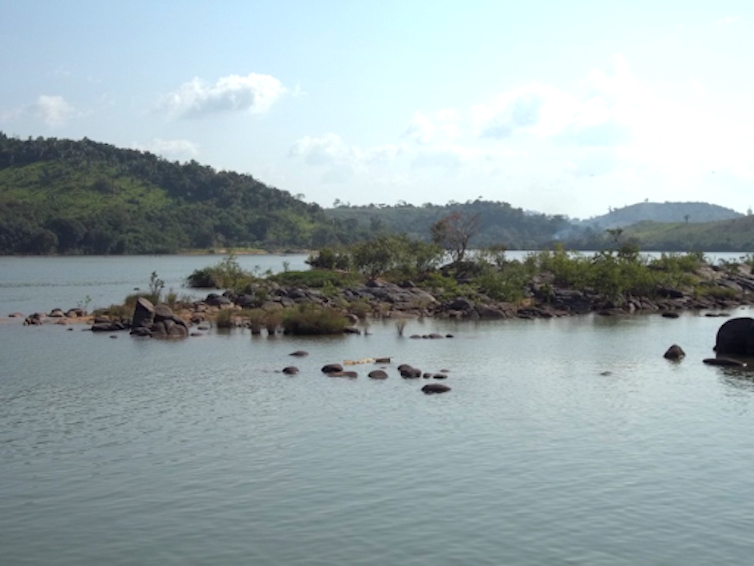
Second project
The exploitation of this stretch of the Xingu River has been exacerbated by a second threat to the Amazonian ecosystem. The planned construction of Brazil’s largest open-pit gold mine within the Belo Monte dam area by Canadian company Belo Sun has been criticised for providing environmental impact assessments that allegedly ignore serious environmental contamination and violations of indigenous rights.
Now, groups campaigning against this project say they are subject to violent threats, although it has not been established who is behind this. A local resident explained to researchers: “Here we feel intimidated. The guys are really well armed, while we work just with our machete and our hoe.”
These claims appear to illustrate the stark power inequities in this region of Pará – the region with the highest number of attacks on indigenous leaders in Brazil in recent years – as well as the broader social consequences of energy creation schemes.
At the time of publication, Belo Sun had not responded to a request for comment on points raised in this article.
Banner image: International Rivers/Flickr (CC BY-NC-SA 2.0)

